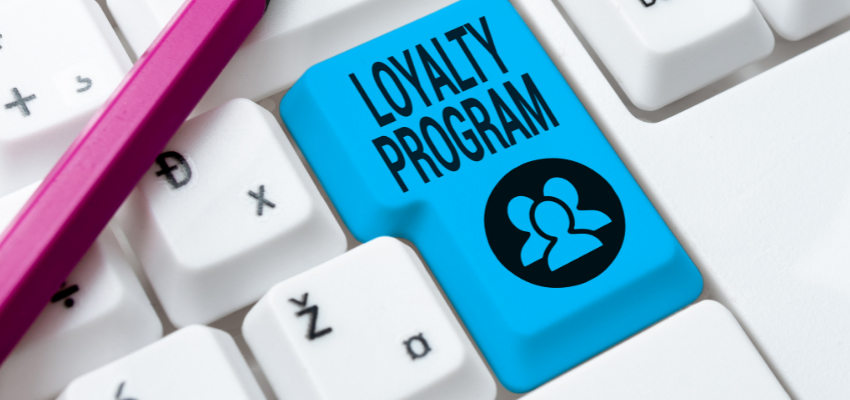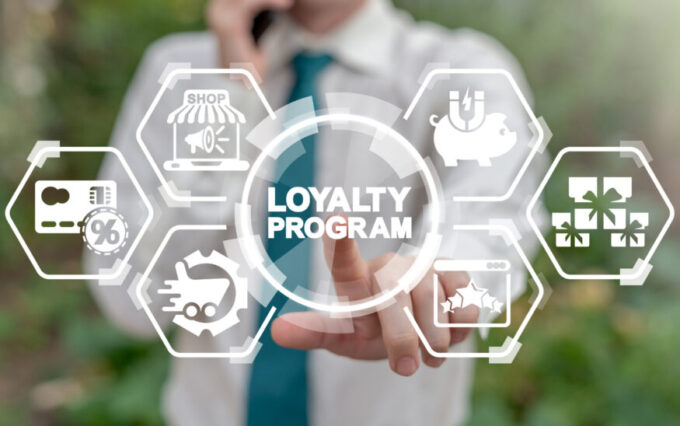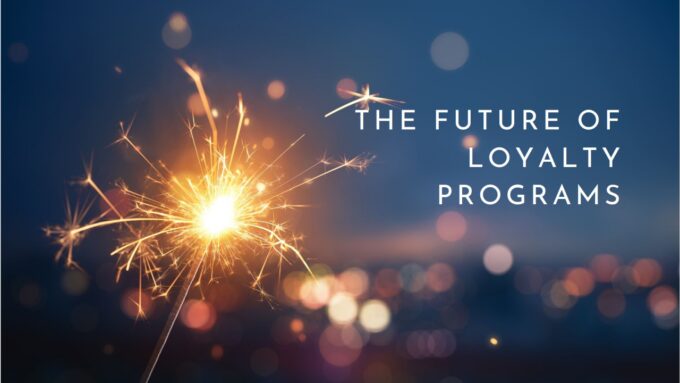Today, I want to chat about something we’ve all experienced but maybe haven’t thought too deeply about: loyalty programs. Whether it’s a coffee shop punch card or a complex airline rewards system, these programs are everywhere. But what’s their real impact on us as customers? And why do companies love them so much?
What Are Loyalty Programs?
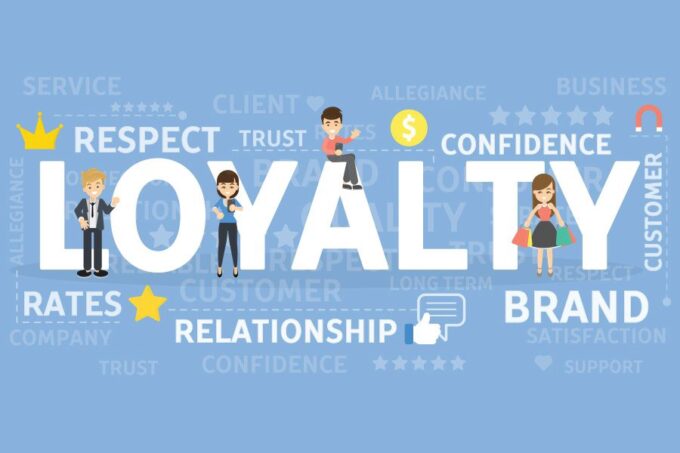
Loyalty programs are incentives designed to keep customers coming back. They come in various forms:
- Points-based systems: Think of frequent flyer miles or credit card points.
- Tiered programs: Different levels of benefits based on spending, like those fancy airline or hotel memberships.
- Paid programs: Subscriptions that offer exclusive perks, such as Amazon Prime.
- Punch cards: Buy ten coffees, get one free.
Loyalty programs can be found in various industries, from coffee shops to airlines, and even in online casino.
Why Do Companies Use Loyalty Programs?
You might wonder why businesses invest so much in these schemes. The answer is simple: customer retention. It’s often cheaper to keep an existing customer than to attract a new one. Loyalty programs help in several ways:
- Increase Repeat Purchases: By offering rewards, companies encourage customers to choose them over competitors.
- Boost Spending: Customers might spend more to reach the next reward level.
- Gather Data: These programs provide valuable insights into customer preferences and buying habits.
- Build Emotional Connections: Special perks and personalized offers can make customers feel valued.
The Psychological Hooks
Let’s break down the psychology behind loyalty programs. They tap into a few key human tendencies:
- Reciprocity: When we receive something, we feel an urge to give back. Freebies and discounts make us more likely to return the favor by being loyal.
- Loss Aversion: We hate losing out on rewards we’re close to achieving. This can drive us to spend more to reach a reward.
- Status: Higher tiers in loyalty programs make us feel special. Exclusive perks feed our need for recognition.
- Endowment Effect: We value rewards more when we perceive them as ours. Points and memberships feel like assets, making us more likely to use them.
Real-World Examples
Starbucks Rewards
Starbucks really has one of the most celebrated loyalty programs out there. It’s refreshingly straightforward – you just earn little stars for every purchase you make, and then you can redeem those stars for free drinks, food, or other goodies.
And as a loyalty member, you get the added perks of free refills, a special birthday treat, and personalized offers tailored just for you.
The beauty of it is that it really makes you feel like part of the Starbucks community. Like they see you as more than just another customer – they genuinely want to reward your loyalty and make you feel appreciated.
And the convenience of being able to order ahead right through the mobile app just takes that connection to the next level. It’s almost like having a Starbucks buddy in your pocket, ready to hook you up with your favorite drinks and snacks whenever you need them.
Amazon Prime
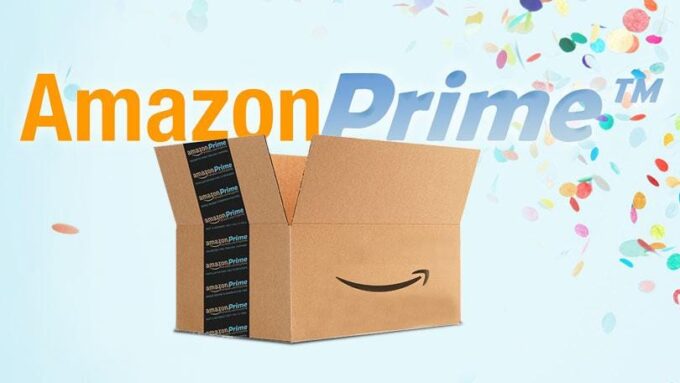
Amazon Prime is a bit of a unique offering in the world of retail memberships. Unlike some free loyalty programs, this one comes with an annual fee. But hey, the way I see it, the benefits make it well worth it for frequent Amazon shoppers. I mean, free shipping, access to all those Prime Video shows and movies, exclusive deals – the value proposition is pretty darn clear.
And the data shows that Prime members tend to be some of Amazon’s most engaged and loyal customers. They just seem to shop more often and spend more overall.
I guess you could say the program is pretty effective at keeping people coming back. It’s like having that special membership makes you feel like part of the Amazon family, you know? An insider with all the perks.
So while it may cost a bit upfront, I’d say Amazon Prime is a no-brainer for frequent Amazon users. The conveniences and savings quickly make up for that annual fee. It’s a win-win for both the customer and the company.
The Benefits for Businesses
- Customer Loyalty: The obvious one. Loyal customers are less likely to stray to competitors.
- Increased Sales: Members often spend more than non-members, driven by the urge to earn rewards.
- Better Customer Insights: Companies can tailor their marketing strategies based on the data collected from loyalty programs.
- Brand Ambassadors: Satisfied members are more likely to recommend the brand to friends and family.
The Downsides and Challenges
Of course, loyalty programs aren’t perfect. There are some potential downsides:
- Cost: Developing and maintaining a program can be expensive.
- Complexity: If the system is too complicated, customers might get frustrated.
- Dependency: Relying too heavily on rewards might mean neglecting other aspects of customer service.
- Saturation: With so many programs out there, standing out can be challenging.
Tips for Businesses
For those of you running a business and considering a loyalty program, here are a few tips:
- Keep It Simple: Don’t overcomplicate things. The easier it is to earn and redeem rewards, the better.
- Make It Valuable: Ensure the rewards are meaningful to your customers.
- Personalize Offers: Use the data you collect to make offers that are relevant to individual customers.
- Communicate Clearly: Regularly remind customers of their points, status, and the benefits they can enjoy.
The Future of Loyalty Programs
As technology evolves, so do loyalty programs. We’re seeing more integration with mobile apps, making it easier for customers to track their rewards and receive personalized offers. Artificial intelligence is also playing a role, helping companies predict customer behavior and tailor rewards more effectively.
Final Thoughts
Loyalty programs are a fascinating blend of psychology and marketing. They tap into our basic human desires and, when done right, can create a strong bond between a brand and its customers. From the customer’s perspective, it’s all about feeling valued and getting a little something extra for our loyalty. For businesses, it’s about creating lasting relationships that drive growth.
So, next time you swipe your loyalty card or check your points balance, remember there’s a lot more going on behind the scenes than just collecting rewards. And if you’re a business owner, maybe it’s time to consider how a well-designed loyalty program could benefit your bottom line.

